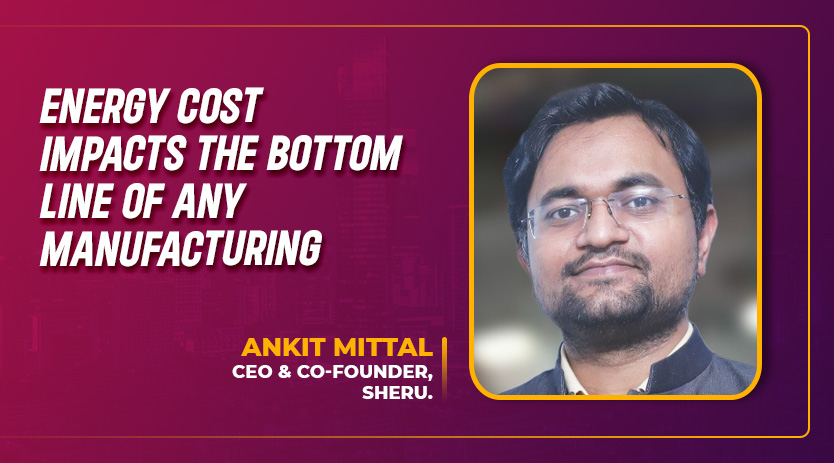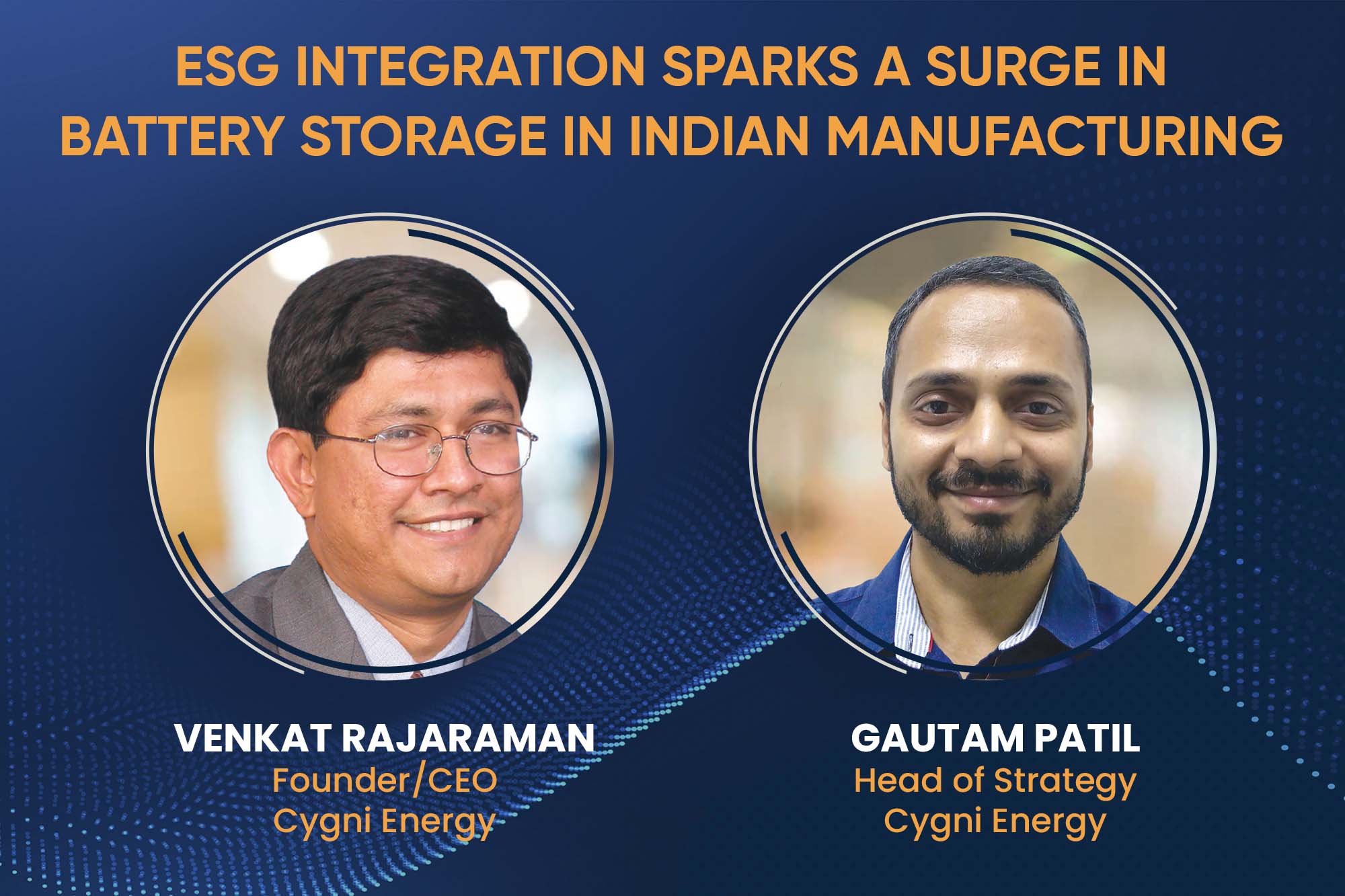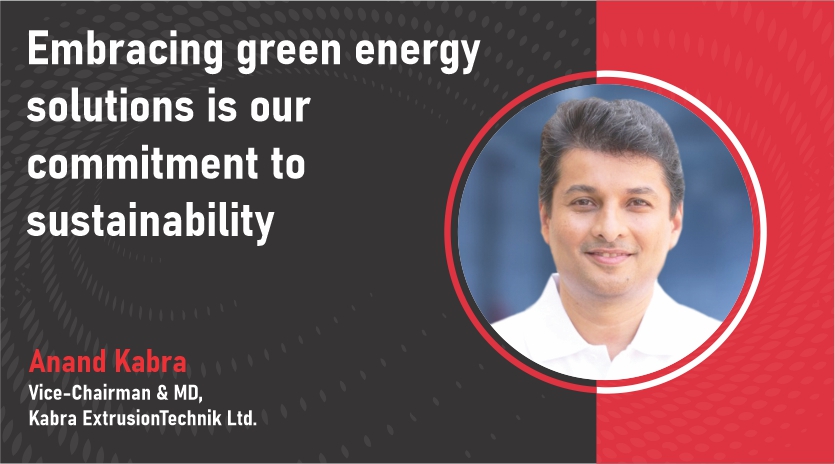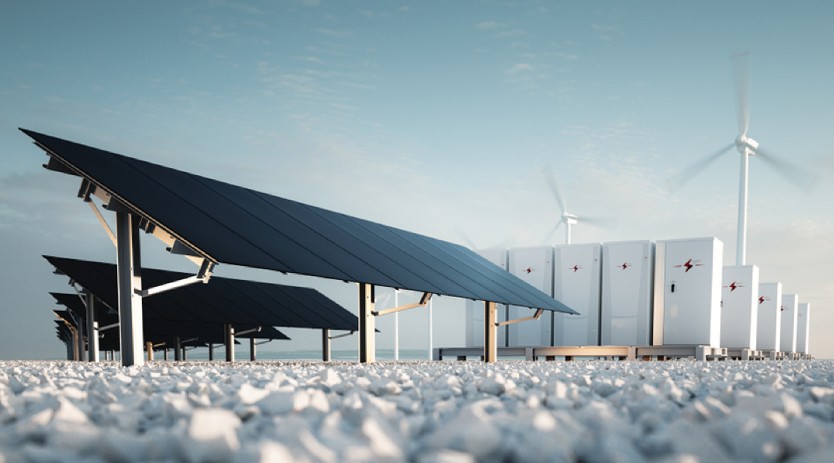Energy cost impacts the bottom line of any manufacturing
By OEM Update Editorial May 2, 2023 2:01 pm IST
Energy storage absorbs the excess energy produced by renewable energy during periods of high production to become the primary power source for industrial applications. Hence, storage capacity to support renewable energy becomes critical, says Ankit Mittal, CEO & Co-Founder, Sheru.
Please talk about opportunities available for energy storage and energy management.
As the amount of renewable energy added to the grid increases, the need is to ensure this variable load in the grid remains balanced. As renewable energy is only produced during favourable conditions – when the sun is shining or when the wind is blowing; ways to balance supply and demand become important. Energy storage and energy management are two critical ways to achieve these goals.
Energy storage absorbs the excess energy produced by renewable sources during periods of high production. It pumps this power back into the grid during periods of high demand. With adequate storage, the electricity grid can become completely carbon-free and powered only through renewable energy.
Demand management is the smart use of energy using insights gathered from energy use. As policies such as Time of Day (ToD) tariffs become widespread, power will be more expensive at some points of the day (when electricity demand is high) and cheaper during others (when electricity demand is low). Demand management allows businesses and consumers to identify opportunities to reduce costs through better energy use.
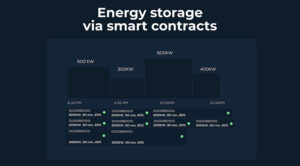
Several industries and manufacturing processes require constant, uninterrupted, and quality power. As renewable energy becomes the primary power source for industrial applications, storage capacity to support renewable energy becomes critical. Currently, several technologies are under trial in different countries. With technological improvements and falling costs, they are expected to come into operation over the decade.
What power backup systems are in place to meet continual power supply in your facility?
Our patented bidirectional energy vending machines back up our facilities. These receive power from the grid and store it but send energy back to the grid. This bidirectional technology aids energy storage and management by storing energy when it is in excess or cheaper and sending it back to the grid when the grid needs the power.
What innovative technologies for energy storage are in use?
One of the most innovative technologies for energy storage is Vehicle-to-Grid (V2G). It allows the battery in an electric vehicle to be used as an energy storage device. It enables the vehicle to participate in energy storage and demand management and fully utilises its battery potential. Sheru is the first company in the world to integrate V2G technology with battery swapping through our bidirectional vending machines. This enables batteries used in swapping applications to be aggregated and used for energy storage and demand management.
What are your views about smart energy management for manufacturing facilities?
Expenditure on energy is one of the biggest impacts on any company and manufacturing facility’s bottom line. When the companies face periods of very high energy prices, with energy management, they go from being passive participants to active participants in the energy market. Here they take advantage of fluctuating prices. It allows them to shift their energy-intensive processes to periods of low prices. It helps them realise better returns for their facilities. Using insights from data at manufacturing facilities can help unlock untapped potential and realise even greater value.
Cookie Consent
We use cookies to personalize your experience. By continuing to visit this website you agree to our Terms & Conditions, Privacy Policy and Cookie Policy.



